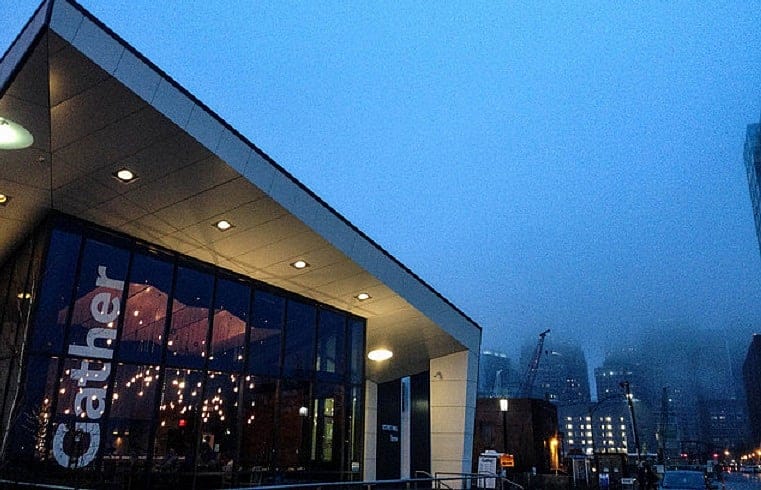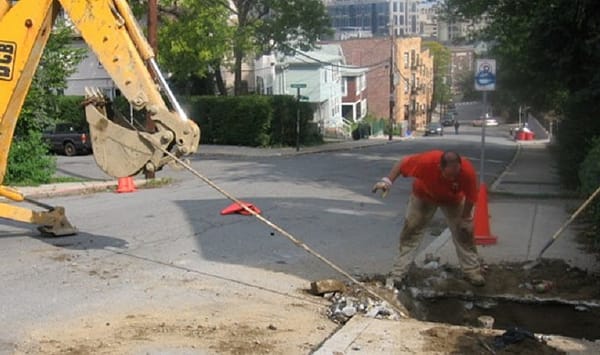Behind Boston’s innovation district obsession

BOSTON – The Hub certainly isn't the only city with a neighborhood set aside for new, innovative startups dubbed an "innovation district," but Boston has quickly garnered a reputation as a leading promoter of such enclaves.
The economic capital of New England is simply obsessed with the idea, whether publicly designated like the city's Seaport District, or more organically and less formally, like Kendall Square in Cambridge. The late Thomas Menino, Boston's longtime mayor, spurred the initiative to designate South Boston's Seaport area as the city's innovation district, and his successor, Mayor Marty Walsh, used the district to lure U.S. industrial giant General Electric to commit to relocating there earlier this year. Walsh has cited a six-fold increase in tax revenue from the district, to $101 million this year from $16 million in 2005, as reason enough for pursuing the development strategy there.

